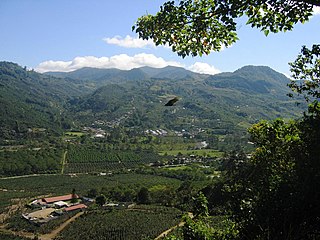 |
| Speaker Rafal Angryk being introduced. |
Last night, the
Atlanta Data Science Meetup hosted a talk by Dr. Rafal Angryk on analyzing solar data (solar event imagery, to be precise). Dr. Angryk has a computer science background and recommends reading
Fourth Paradigm (free from Microsoft). He conducts solar imagery research at
Georgia State University's
Institute for Insight, which is a multi-disciplinary center for advancing analytics. Here are my notes from this very interesting topic.
The analysis and prediction of solar storms from solar imagery is relevant for several reasons. Particles emitted by the Sun are responsible for northern and southern lights. During a solar storm, authorities have two minutes to reach, or the intensity of the particle radiation can reach levels hazardous to:
 |
| Solar surface image (source: NASA/Solar Dynamics Observatory) |
Solar imagery comes from the
Solar Dynamics Observatory, in both raster and vector formats. 150GB of imagery are produced every day. Dr. Angryk's group extracts parameters from these images, 6 months at a time, performs dimension reduction, then indexes the findings (k-nearest neighbors or kNN index) for comparison. Over 180,000 features have been identified over 5 years of data.
Dr. Angryk's lab created
imagefarmer.org to find whether a shot of the sun is similar to similar to a database of existing photographs. This opens the possibility of comparing a computer-generated Sun image to real photos.
The keys to define features and similarities are: (i) content and (ii) time sequence. Typically, features of the Sun surface are defined by their center (location) and curvature (extent). Features are then linked in time to create a temporal "signature" of an event. Some events last 30 minutes, others last 12 days. Noise is filtered out to avoid erroneous results. The resulting dataset is thus multidimensional.
By extracting and sequencing the features of solar images, it becomes possible to predict the evolution of a solar event and inform the authorities so they can protect people and assets from solar storms. Dr. Angryk hopes he can use image analysis to foster collaboration between the teams specialized in solar observation with teams specialized in the physical modeling of the Sun's activity.
One could also imagine the technology developed in our day-to-day life. The cited example would be a completely personalized shopping experience, where shoppers presented with a choice of similar items according to their taste.





